BASICS OF SPORTS BETTING, UNDERSTANDING ODDS AND PLACING BETS
If you are looking to start betting on sporting events, you will first need to learn the basics, which is what we are going to look at right now, there is a lot to learn in order to to actually profit and this article will likely be useful even for someone who already has some betting experience. We are going to look at the very basics here, however please don’t just skip to the “how to win” part, because you start winning you will need to have a solid foundation to build upon. Don’t worry, it is a lot easier, than it may seem at first – so let’s start learning step by step.
Feel like you are already know everything described here? Then feel free to explore our next sections about: different types of sports bets, live betting guide or exchange betting guide.
BETTING SITE LAYOUT
When you are logged in on a sports betting website – simply pick any sport you’re interested in and you will then be given a list of sporting events to choose from along with all available markets and selections (outcomes) within those events. Once you pick an outcome – it will appear in your betslip, where you can input the amount you want to bet (stake). You can also add multiple selections to your betslip to combine them together into “multibets” and “system bets”, this is looked into in more detail in a different article. There are numerous betting sites available and each one has its own style, pros and cons – if you want to pick the one, which will be best for you, feel free to check our best betting sites ratings and reviews page.

BETTING MARKETS AND ODDS
A bet type is normally referred to as a market, to build a better understanding of what a market is you can look at the following example: “Match Result” is a market meaning a bet on who will win the game, each market has a number of selections, which players can bet on.
BETTING MARKETS AND ODDS
A selection within a betting market is an outcome, which players can bet on, using the same example as above – in a “Match Result” market you will have three selections you can potentially bet on: Home, Away and Draw.
YOUR STAKE
The amount you are willing to bet is called a “stake”. The sum of your stake plus your potential winnings is called a return. When checking your betslip you would need to pay attention at the figures shown, since some betting site may only display your potential winnings and some may display the actual return.
PLACING YOUR BET
When you have already added a selection to your betslip and inserted your stake you will need to confirm your bet before it will be placed and accepted. Now this is the part where you need to be pay extra attention – double-check all details in your betslip to make sure, that everything is correct, because there is no way to cancel a bet after you had already placed it. If you forget any details about one of your existing bets you can always access your bet history to see what exactly have you placed your bet on.
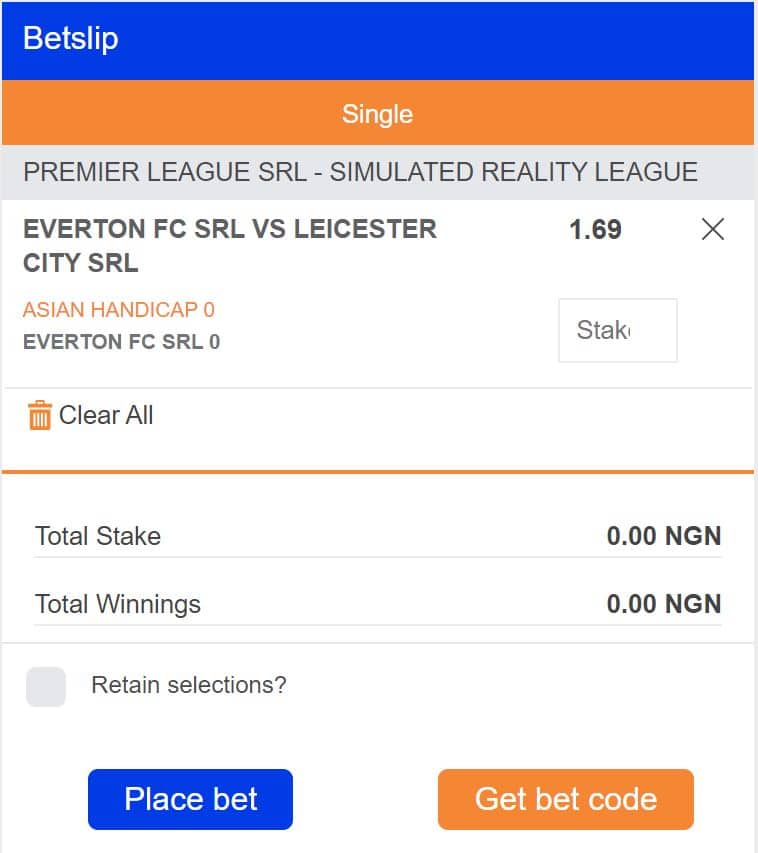
BASICS OF SPORTS BETTING
In the section above we mostly covered navigation and functionality of online betting sites, now it is time to look into actual betting activity, what are odds, how to read, understand and make use of them.
DIFFERENT TYPES OF BETTING ODDS
There are three commonly used types (there are more overall) of betting odds, which we are going to take a closer look at below – Decimal, Fractional and American. Most betting sites in the world support all three odds formats, so you should always have the option to switch to the one, which you are most comfortable using. Odds are not probabilities, however they do imply a certain probability for each outcome you can find out the probability of an outcome using a converter such as this one.
DECIMAL ODDS
The easiest to understand and the most widely used odds type is decimal. To calculate your potential return simply multiply your stake by the odds of the selection you have in your betslip. So for example if you are betting $10 on an “Away” selection of a “Match Result” market and the price is 1.5 you will need to do the following calculation – $10 x 1.5 = $15, where $15 is your return if the away team wins. The larger the decimal odds value is – the larger are your potential winnings.
FRACTIONAL ODDS
Whenever you see odds of the following format 9/1, you are dealing with fractional odds, however they don’t exactly work as fractions, there’s a bit more to it – the number on the right is how much you have to bet and the number on the left is how much you can potentially with that. Let’s look at how to understand fractional odds using the examples below. For example, with fractional odds of 9/1 every $1 you bet will win you $9 or id the odds are 7/2, then every $1 you bet will win you $3.5.
AMERICAN ODDS
American odds are also often called moneyline odds, here all calculations are done in relation to $100. Odds in this case will have either a plus or a minus sign, meaning how much you will have to either stake to win $100 or how much will your winnings be if your stake will be $100. To give a better understanding of how American odds work, we can look at the following examples: is the odds have a minus sign (e.g. -150) – this is how much you would need to bet in order to win $100. If the number has a plus sign (e.g. +150) – this is how much you will win if your stake will be $100.
POPULAR TYPES OF SPORTS BETTING
There is a huge variety of ways to place sports bets apart from the traditional pre-match betting, we will look at some of the most popular examples here.
IN-PLAY OR LIVE BETTING
While we normally consider pre-match betting to be the traditional way to place bets – in-play or live betting has become increasingly popular over the last decade. Live betting attracts more punters and brings more revenue to bookmakers than any other type of betting as it allows players to quickly place bets on an ongoing game and quickly win.
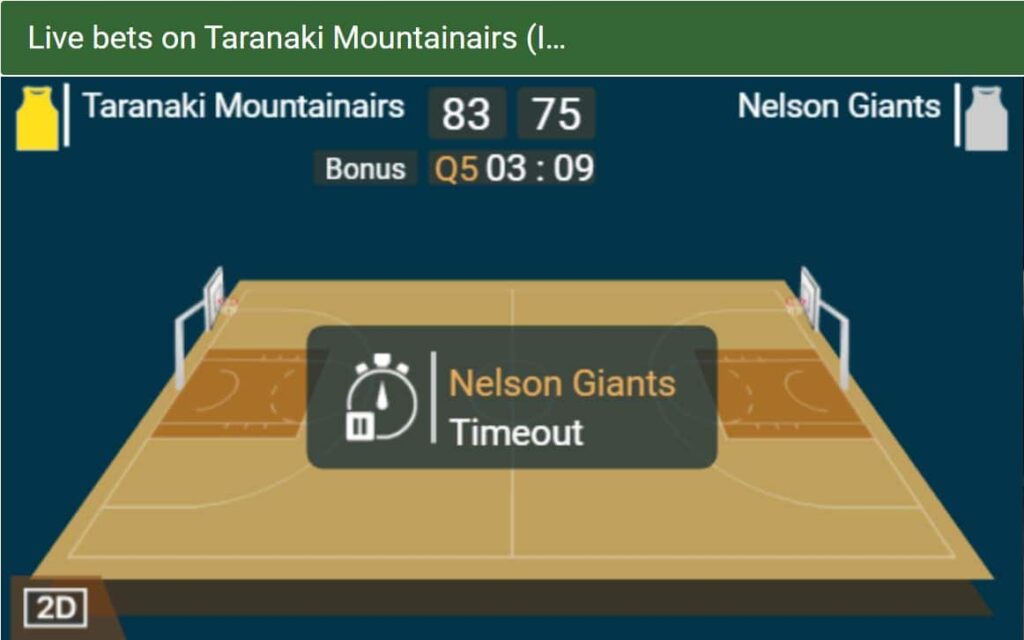
EXCHANGE BETTING
Exchange betting is also a form of fixed odds betting, however here there is no direct involvement from the bookmaker. While one player backs a selection another player will lay that selection, thus setting the odds. This way players can act as punters and bookmakers and if the backed selection wins, then the winnings have to be paid out at the agreed odds, otherwise the stake goes to the players who were laying the selection in question.
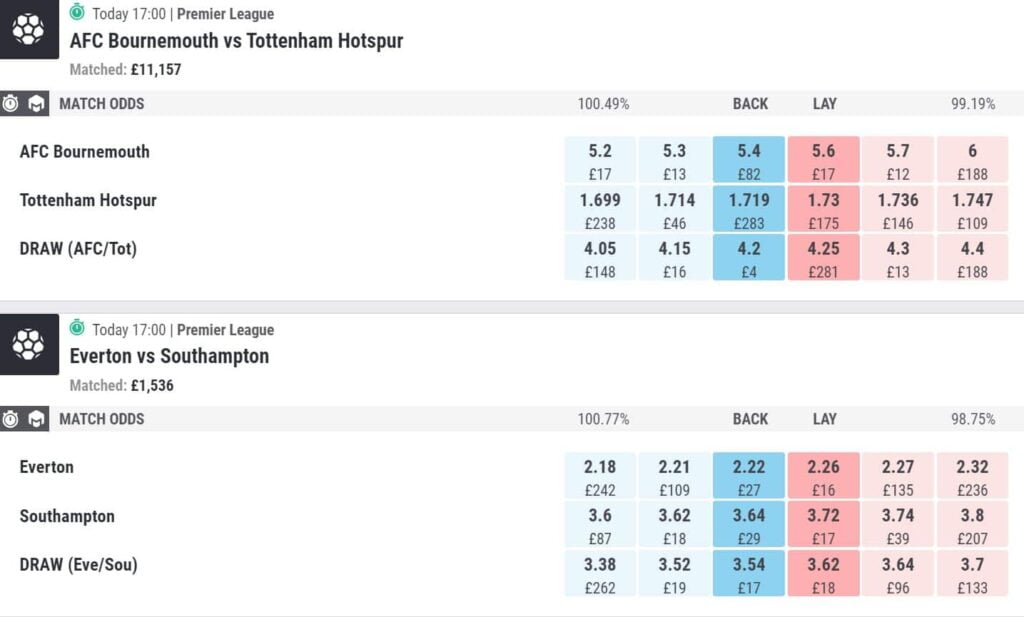
PARI-MUTUEL BETTING
This type of betting is commonly used in horse racing, however it can potentially be used in other sports as well. Similar to exchange betting, there is no need for any direct involvement from bookmakers and there are no odds involved either. All stakes within a given market form a prize pool and as the outcome becomes known, the players who backed the winning selection share the price pool between each other based on the amount they staked and the overall number of bets.
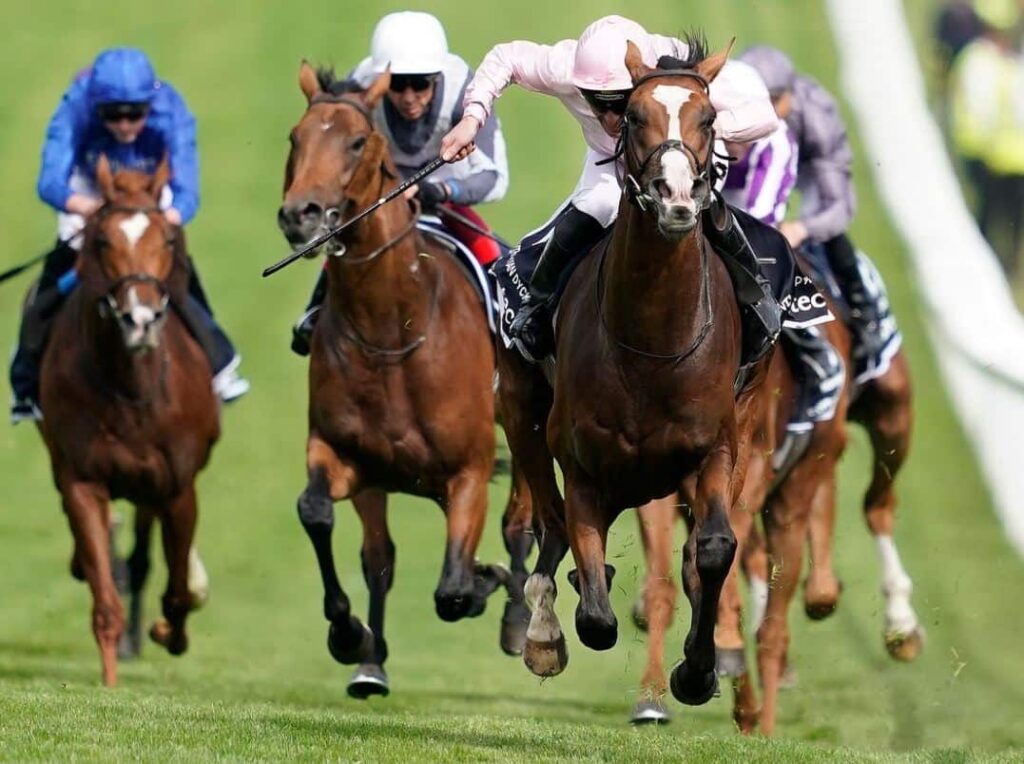
HOW DO BETTING SITES MAKE MONEY?
Now that we covered some of the basic components of sports betting as an activity, perhaps it is time to look into sports betting as a business to better understand why don’t bookmakers (well, most of them) don’t go bankrupt if there is always a possibility that punters will win more, than they lose. Long story short – bookmakers try to take more money from losing bets, than they will have to pay out in winnings.
Outcomes of sporting events are impossible to predict with a 100% certainty, and potentially bookmakers can actually payout more winnings, that they would profit from losing bets, however this is quite a rare case and in the long run – the bookmaker will still profit, but why? This is because they are the ones who control odds and this allows them to profit even when a game doesn’t go as expected. Additionally, the odds offered on betting sites are lower, than if they would have represented actual probabilities, so every time we pace a bet – we pay a certain fee to the betting site.
Let’s have a look at the following example to better understand how would this look like in real life. We can take an Over/Under market from a football game where both teams are thought to be equally matched, meaning both outcomes are 50% likely to happen.
As you can see, the offered odds are 1.91 for each selection, however given the chances of each outcome are 50% in a “fair” scenario these should have been 2.0 to double your money. If you place a ₦100 bet – your winnings would be ₦191 the remaining ₦9 in the amount you are going to pay the betting site as a fee.

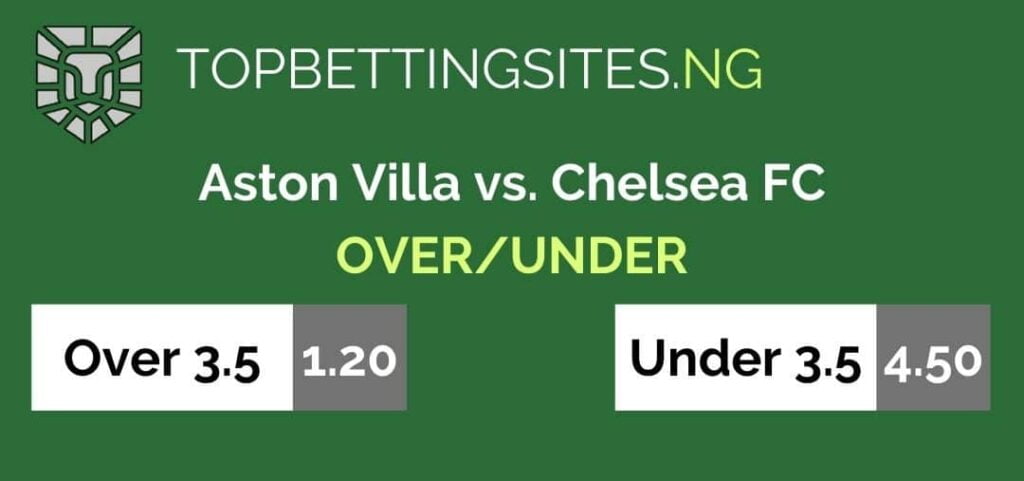
As we already mentioned earlier – bookmakers are the ones who have control over the odds so if take an example where one team is significantly stronger, than the other one, odds will be apportioned accordingly. More people will back the favorite as they are more likely to win, favorite’s odds will be lower, meaning the bookmaker will have to pay out less and if you add the commission, which is applied to the odds – this is how betting sites always win in the long run.
This doesn’t mean that it is impossible to profit from sports betting as a player – as you advance you will need adjust your betting strategy strategy and lear learn how to find high value bets.
SPORTS BETTING TERMINOLOGY
Our betting beginner’s guide is written in the simplest possible terms and should be easily understood even by novice bettors, however if you are planning to advance beyond this guide – learning common expressions and slang terms is probably a good idea.
If you will be reading more advanced guides and articles you have to speak the same “language” as the people who write them, otherwise you might simply miss the point and end up reading something over and over again. This is why we have prepared a sports betting glossary with the most common terms and expressions used in the world of sports betting – obviously you don’t have to memorize them all at once, it’s is enough to know that this is a place you can return to whenever you stumble on a word or phrase you don’t know.

